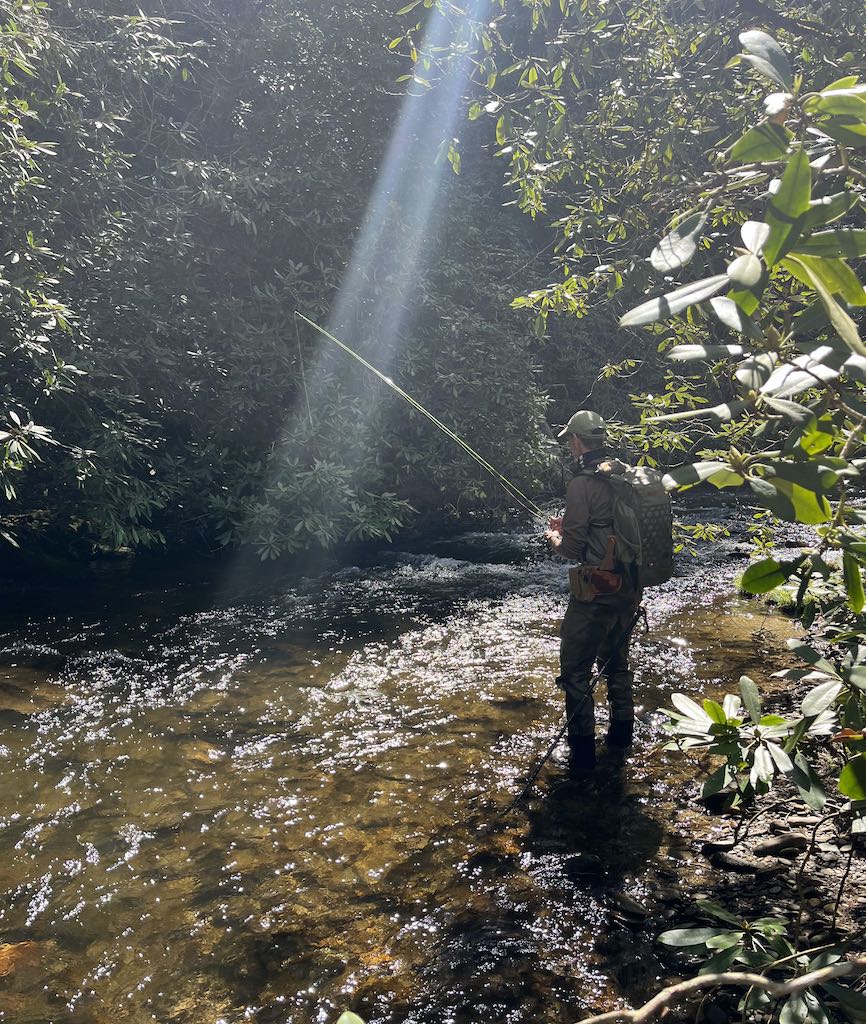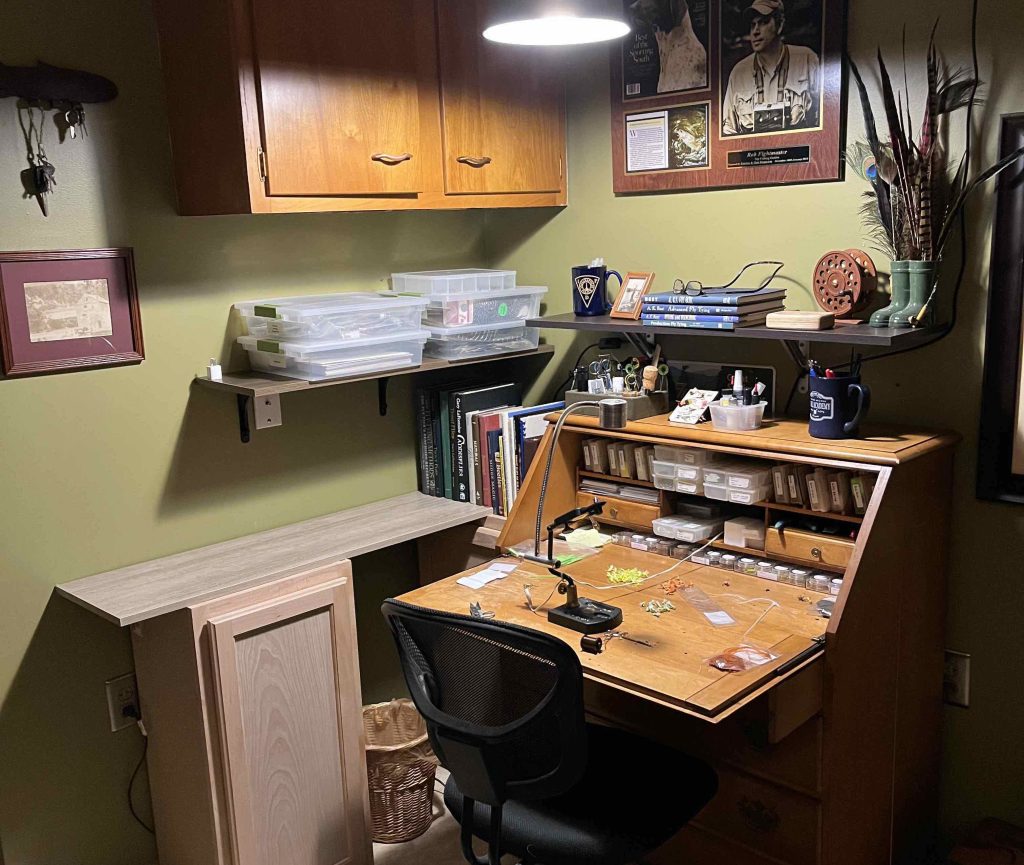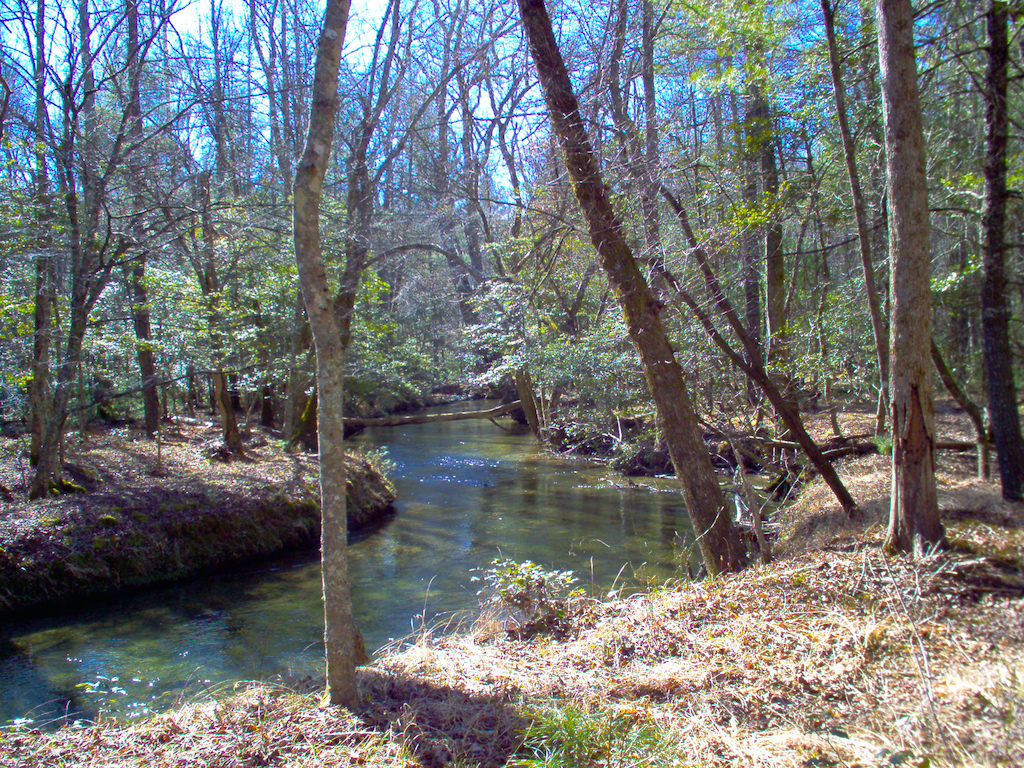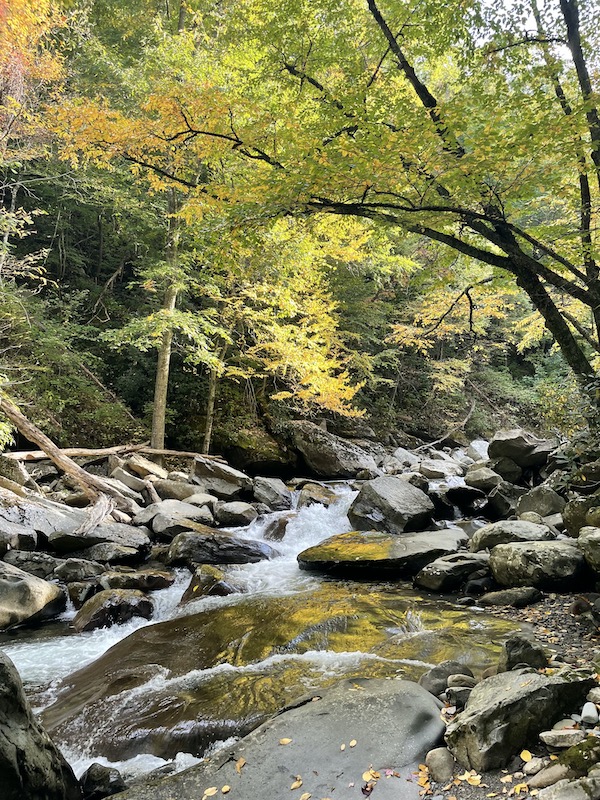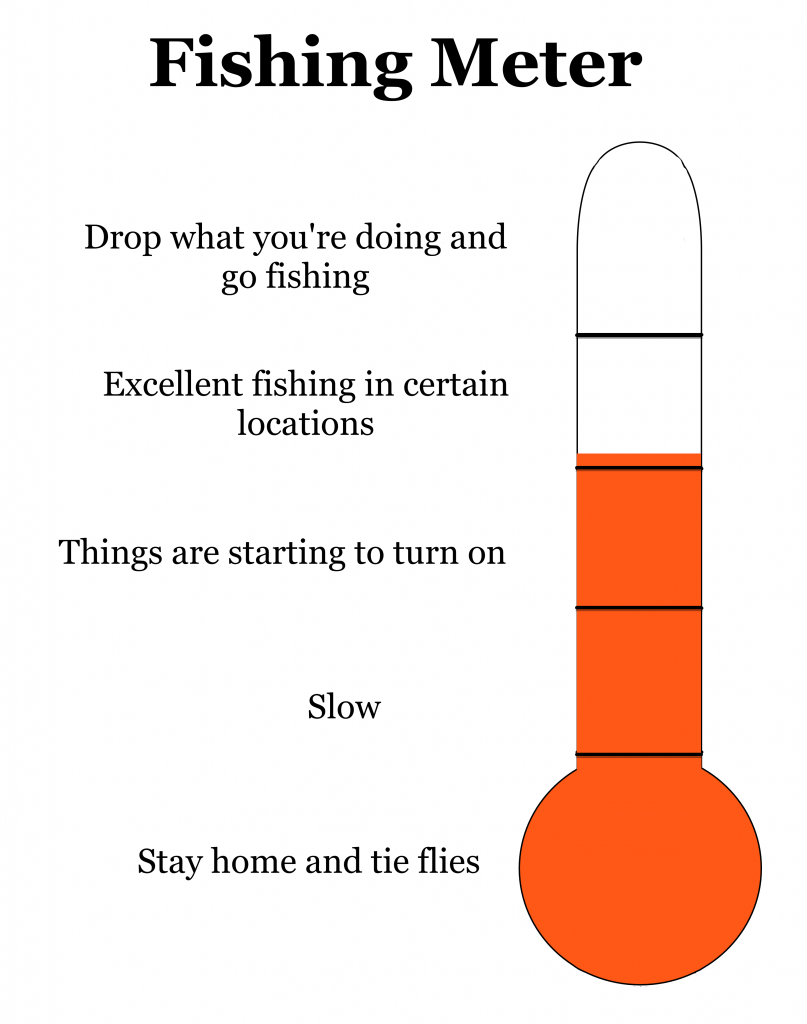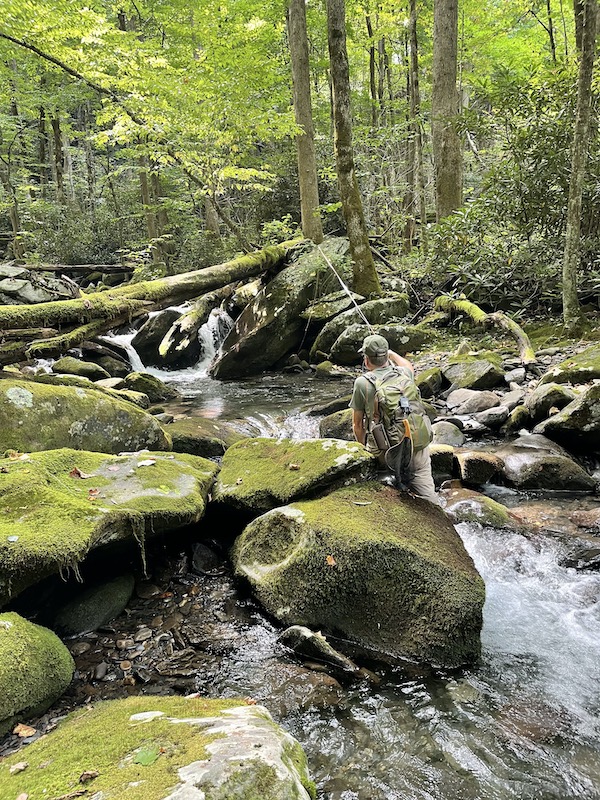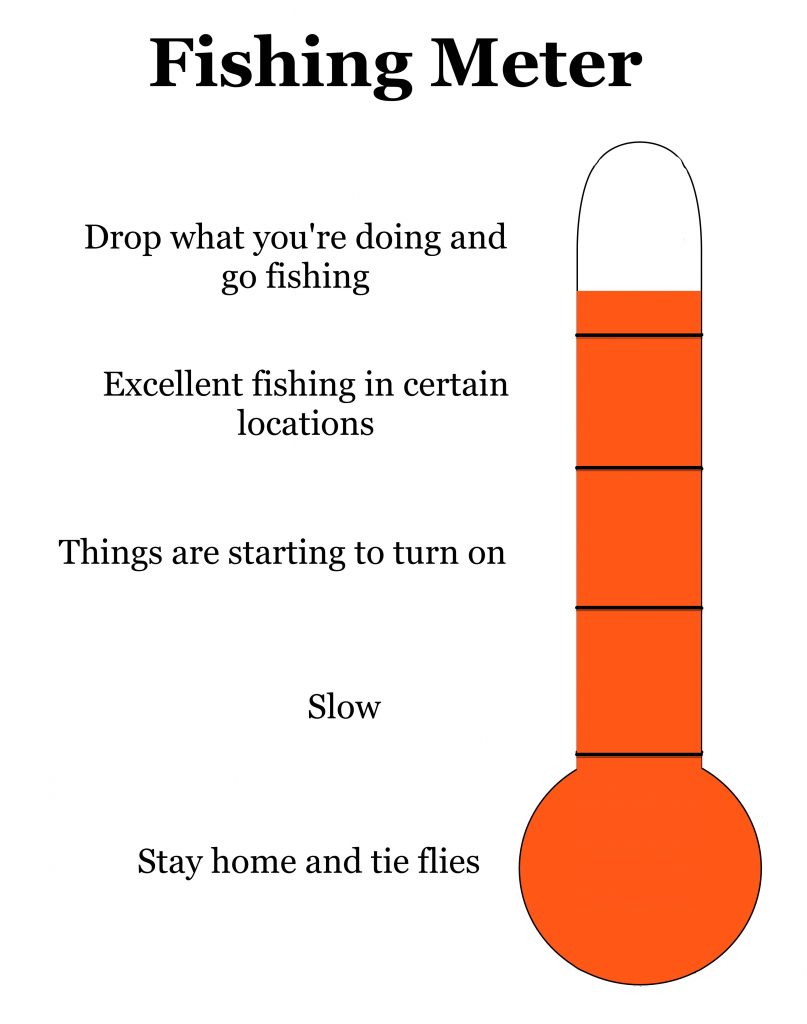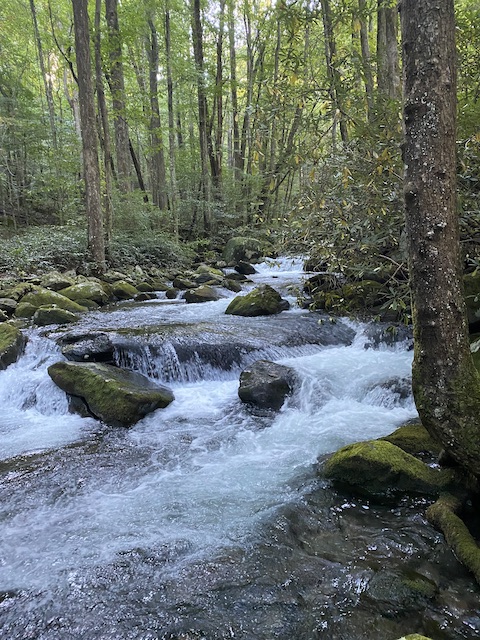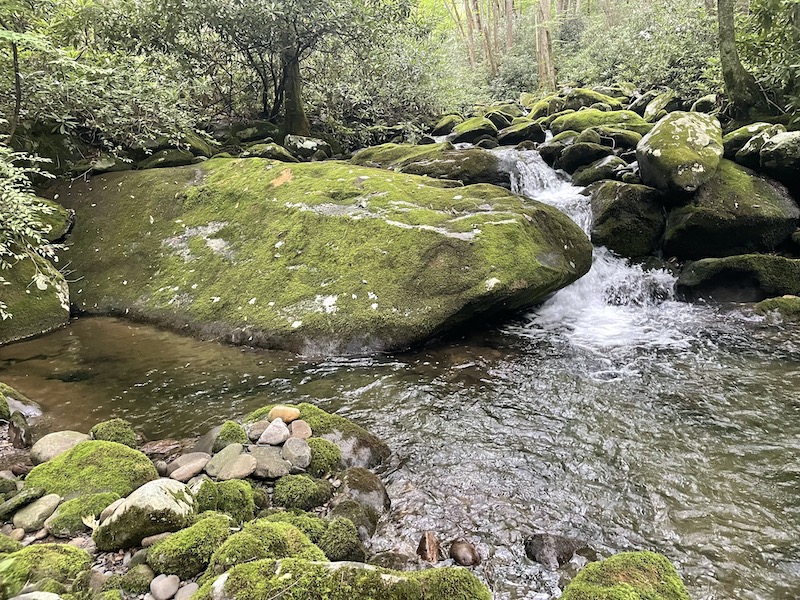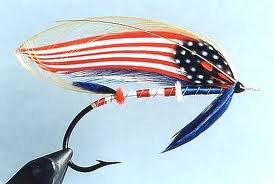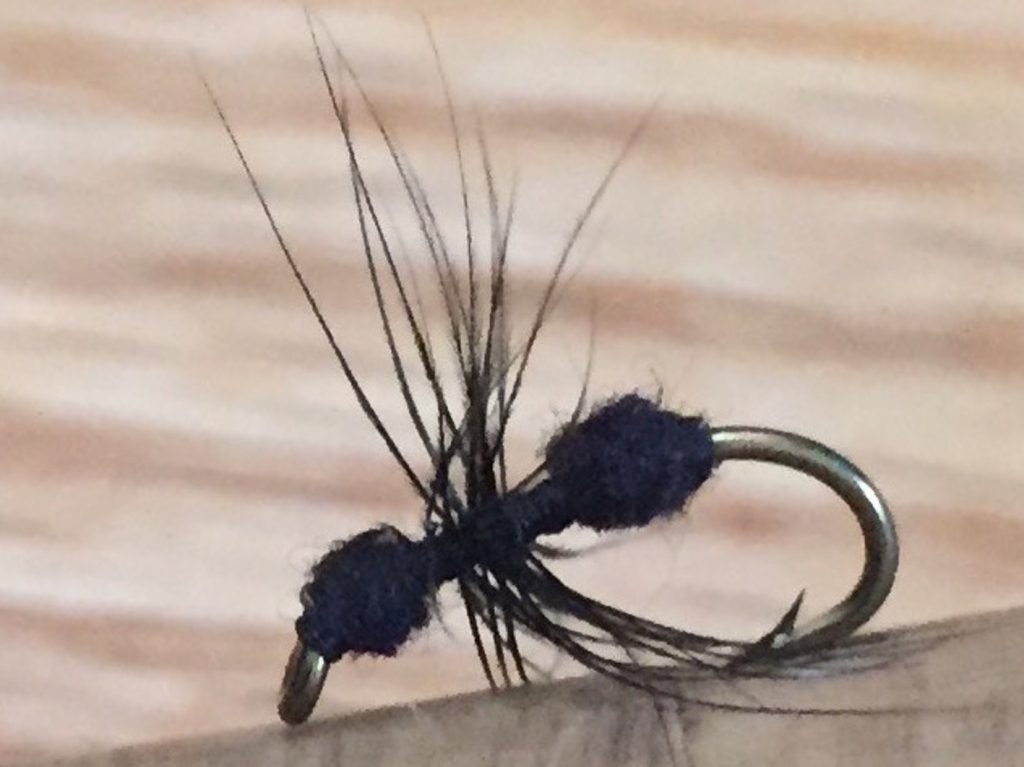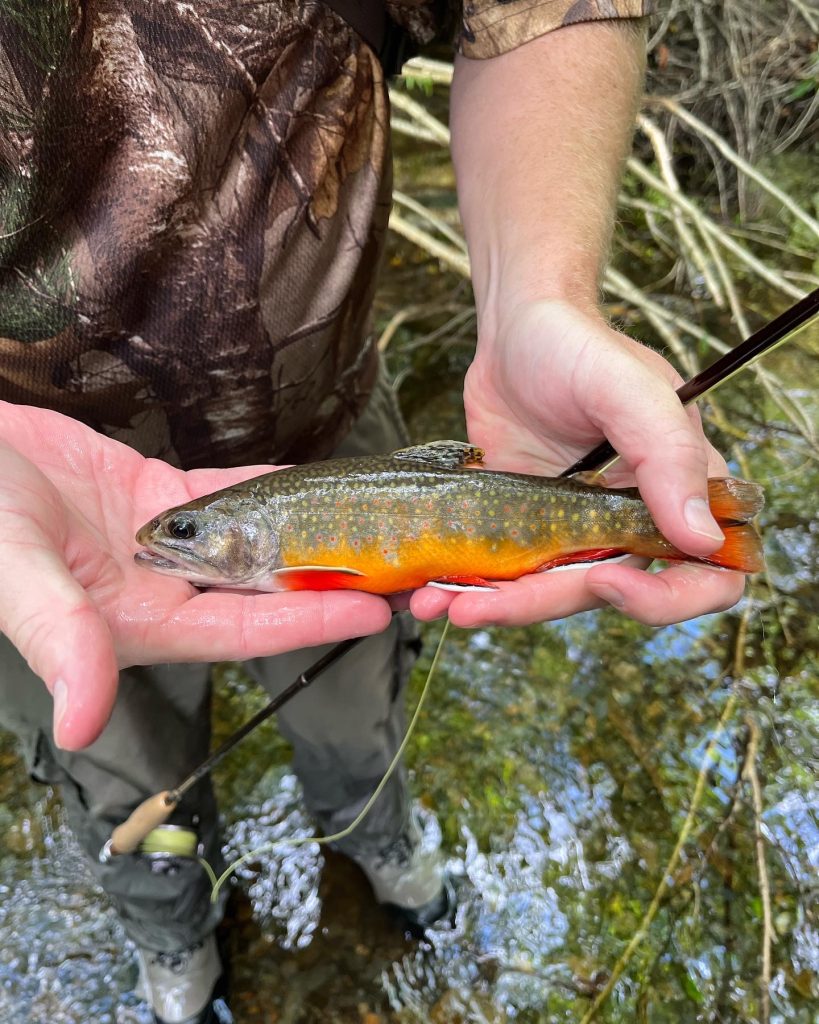
Water Levels*
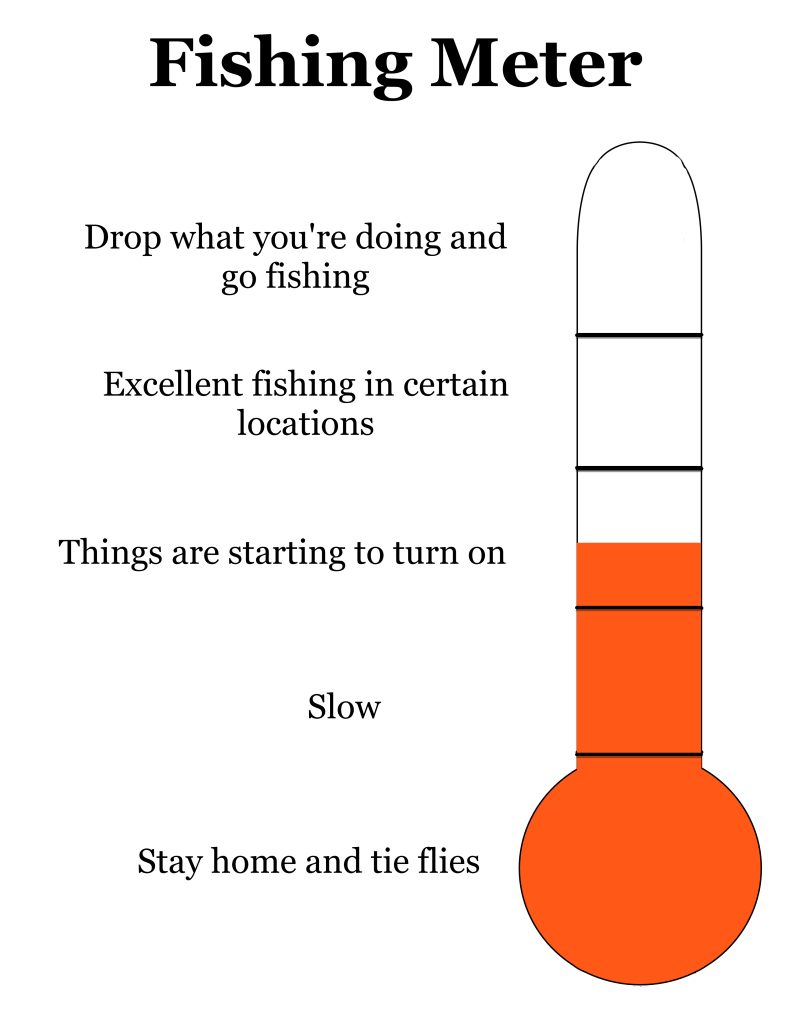
Little River: 72.7cfs / 1.47’
Pigeon: 128cfs / 1.32’
Oconaluftee: 188cfs / 1.28’
Cataloochee: 45.6cfs / 2.31’
Water Temperatures**
Low Elevations: 66 – 69 degrees
Mid Elevations: 64 – 66 degrees
High Elevations: 60 – 64 degrees
Current Conditions
Conditions are pretty rough at the moment. Water temperatures are still pretty warm and levels are low throughout the park.
Projected Conditions
Rain is in the forecast for at least the next 7 days. Let’s hope we get it every day. When things are this dry, one good rain may bring water levels up temporarily but it will immediately fall right back down. We need consistent rain and good soakers. Fortunately, it looks like it will be a little cooler this week.
Tips
There’s a bit of a Catch 22 right now. The best water temperatures are going to be at higher elevations but those high elevation streams are the first to drop and have very little flow right now. Expect extremely spooky fish and plan on using extreme stealth.
The best flows will be at lower elevations but those water temperatures are too warm. Those fish are just struggling to live right now and don’t need you harassing them.
The best bet is probably to hit the upper mid elevation streams where you have “okay” water temperatures and still have a little flow. In any case you’ll need to be extremely stealthy. More active fish will be found in or near faster currents now.
Suggested Flies
There are not a lot of heavy hatches right now. We’re transitioning into fall so expect bugs that are hatching to be mostly tan or rusty in color. Terrestrials are still plentiful. Given the low water, dry fly fishing will be your best bet.
Nymphs:
BH Pheasant Tail #16 – 14
Soft Hackle Pheasant Tail #16 – 12
Edwards Stone #16
Tellico Nymph #16 – 10
Deep Six Caddis #16 – 12
Hare’s Ear #16 – 12
Dry Flies:
Stimulator (Yellow & Orange) #16 – 12
Smoky Mountain Candy #16 – 12
Neversink Caddis (Yellow & Tan) #16 – 14
Elk Caddis (Tan) #16 – 14
Rob’s Hellbender #14
Parachute Adams #16 – 12
Terrestrials:
Black Beetle #14 -12
Black Ant #16 – 14
Green Weenie #14 – 12
*There are not gauges on most streams, so these readings can only be used as general estimates for certain areas of the park. In general, the Little River reading gives an idea of water levels near the Townsend side of the park, the Pigeon represents streams near the Gatlinburg side, the Oconaluftee represents streams closer to the Cherokee side and Cataloochee represents the eastern side.
**There are approximately 800 miles of “fishable” streams inside the park and it is impossible to provide exact water temperatures for each of them in a general report. And water temperatures will vary considerably based on elevation. For example, there may be a 12-degree water temperature difference between the headwaters of Little River and where the gauge is located in Townsend. When I report water temperatures, they are general estimates and I consider low elevation to be sections of streams below 2000’, mid elevation between 2000’ and 3000’ and high elevation above 3000’.




